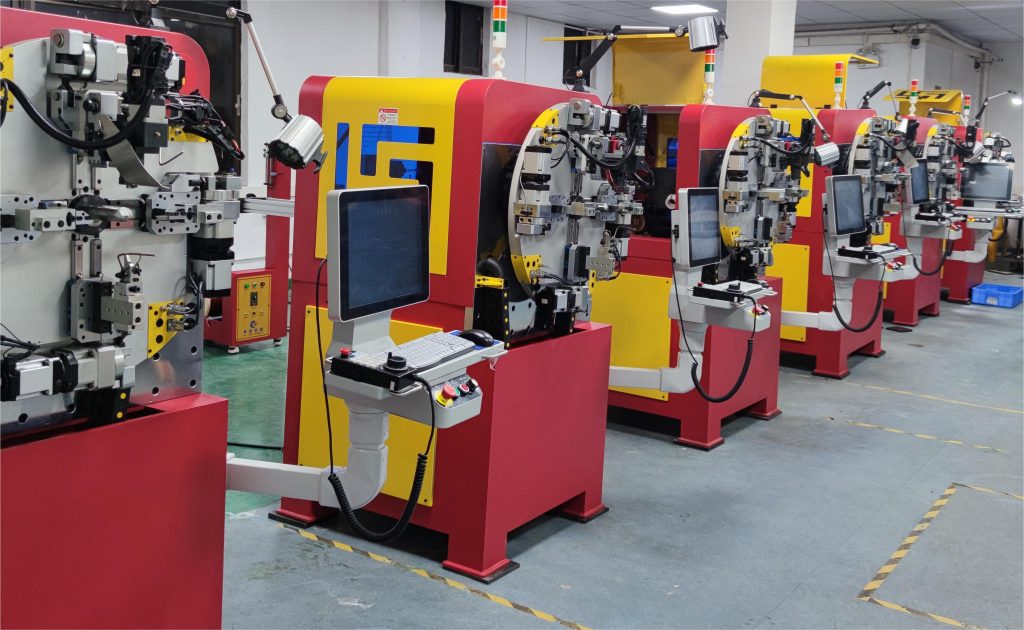Wire and coil Winding
- Free tooling design
- round/flat wire winding
- round/rectangular coil winding
- linked coil winding
- As fast as 7 days for prototyping.
- Customized solutions
- Winding and bending machines to sell
- Cost-effictive for volume production
Based on your applications, YH Mechanics can provide flat wire winding, round wire winding, round coil winding, rectangular coil winding and linked coil winding. Our professional team will help you choose the best solutions from DFM, tooling design, prototyping to massive production. Whether it’s small prototypes or big production runs, we pay close attention to detail to exceed your expectations. Choose YH Mechanics for winding solutions that make a difference.
Tolerance
We can achieve as tight as 0.05 mm for tolerances. It means that we are capable to help you solve some special applications especially in electrical automotive motors, robotics motors and eVTOL motors which require higher performance in smaller size.
Types of winding
Round Wire Winding: Round wire winding involves wrapping a cylindrical core with round wire in a helical pattern. This method is commonly used for applications such as inductors, transformers, and electromagnets due to its simplicity and versatility.
Flat Wire Winding: Flat wire winding uses a flat or rectangular-shaped wire instead of round wire. This technique is often employed in applications where space is limited or where a larger surface area is required, such as in high-power transformers and electric motor windings.
Round Coil Winding: Round coil winding refers to the process of winding wire into a coil with a circular cross-section. This type of winding is suitable for applications where a compact, cylindrical shape is desired, such as in solenoids, sensors, and actuators.
Rectangular Coil Winding: Rectangular coil winding involves winding wire into a coil with a rectangular cross-section. This method is preferred in applications where space constraints or specific geometric requirements need to be met, such as in certain types of transformers and inductors.
Linked Coil Winding: Linked coil winding involves interconnecting multiple coils in a series or parallel configuration. This technique allows for customizing the electrical characteristics of the winding, such as impedance and inductance, and is often used in complex circuit designs and specialized applications like resonant circuits and magnetic amplifiers.
Each type of winding offers unique advantages and is chosen based on the specific requirements of the application, including space constraints, electrical properties, and performance characteristics.

Let's make something significant today!
Tips for winding materials
Strength and material
The strength and material of the wire used in winding will depend on the application. For example, copper wire is often used in electrical applications because it is a good conductor of electricity. Spring steel is often used for springs because it is strong and flexible.
Some of the most common materials used for wire winding include:
- Copper
- Aluminum
- Steel
- Stainless steel
- Nickel
- Phosphor bronze
When choosing a wire material, it is important to consider the following factors:
- Strength
- Conductivity
- Corrosion resistance
- Formability
- Cost
explore our bending and winding machines.
- Flat wire winding
- Round wire winding
- Wire and bus-bur bending